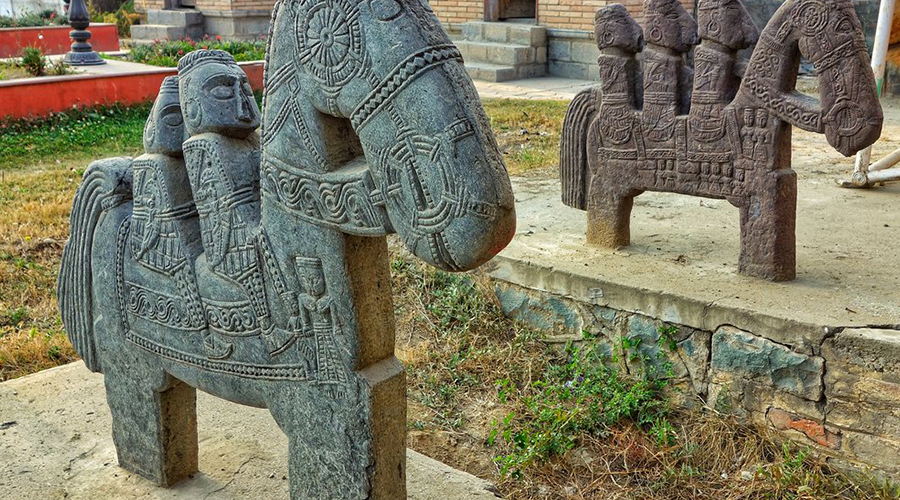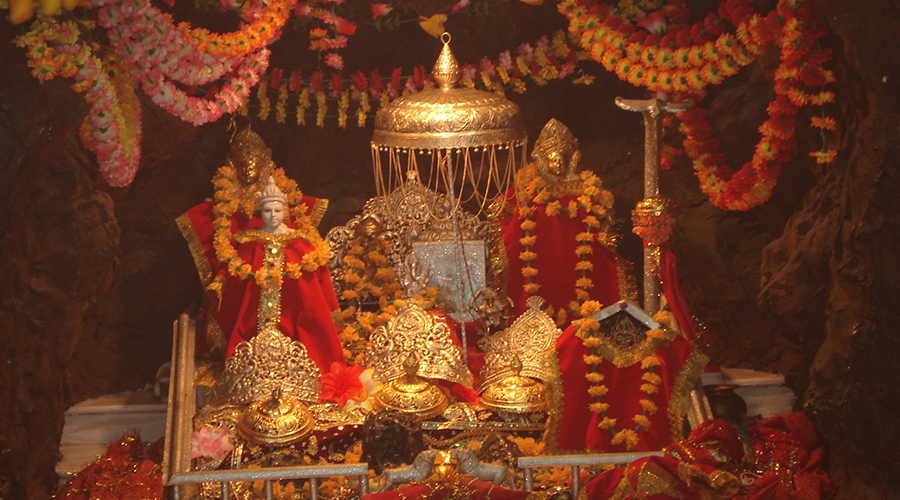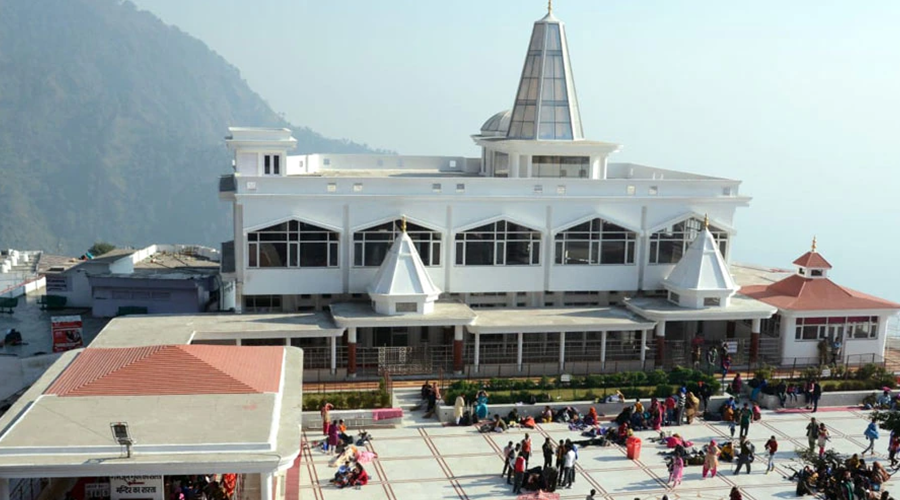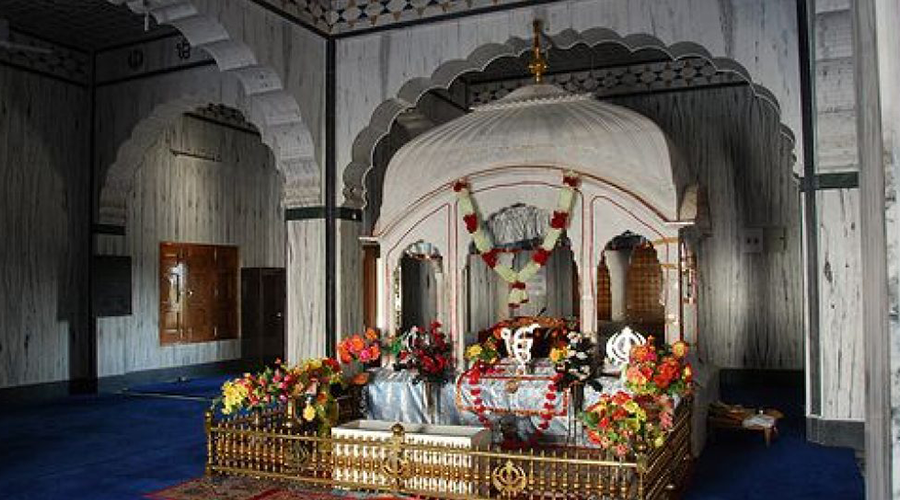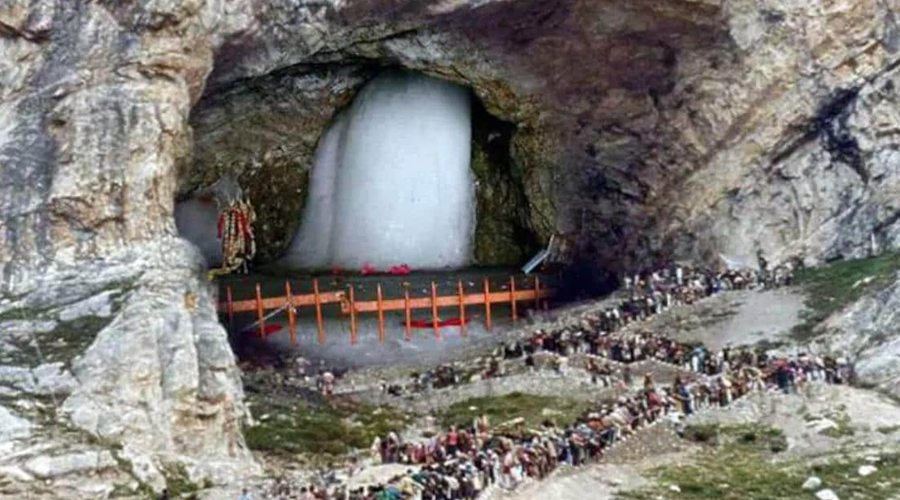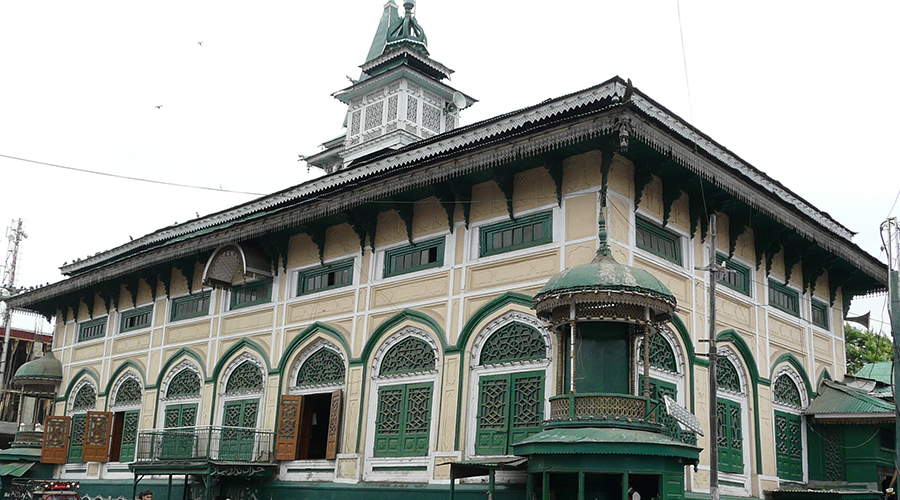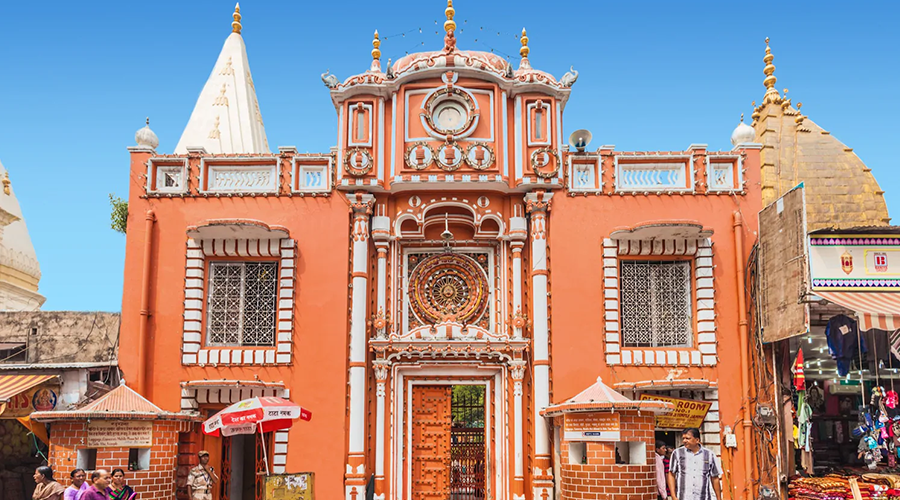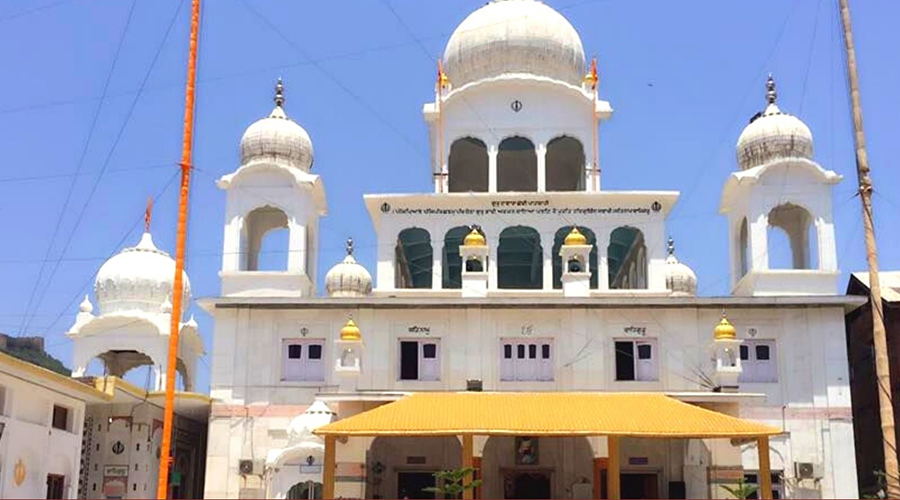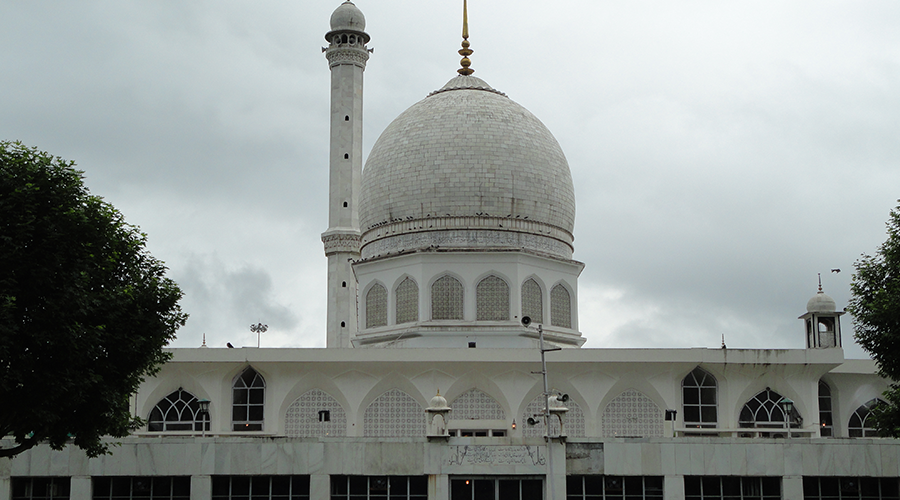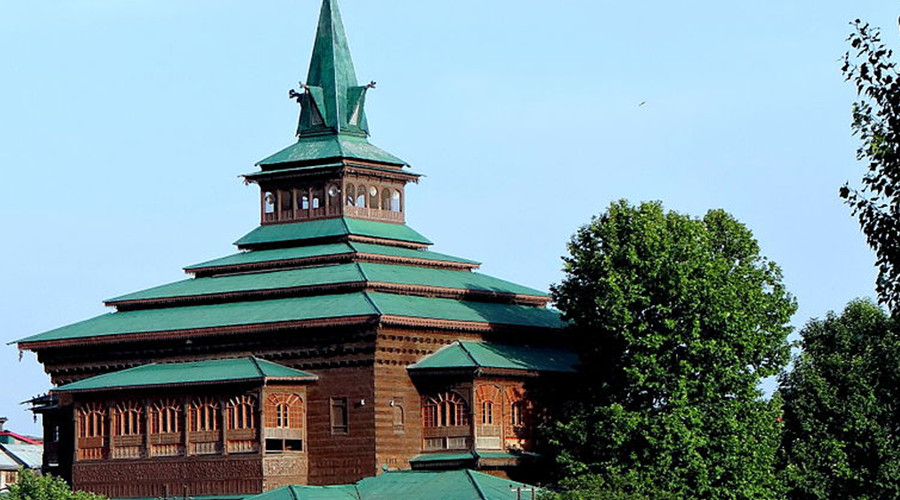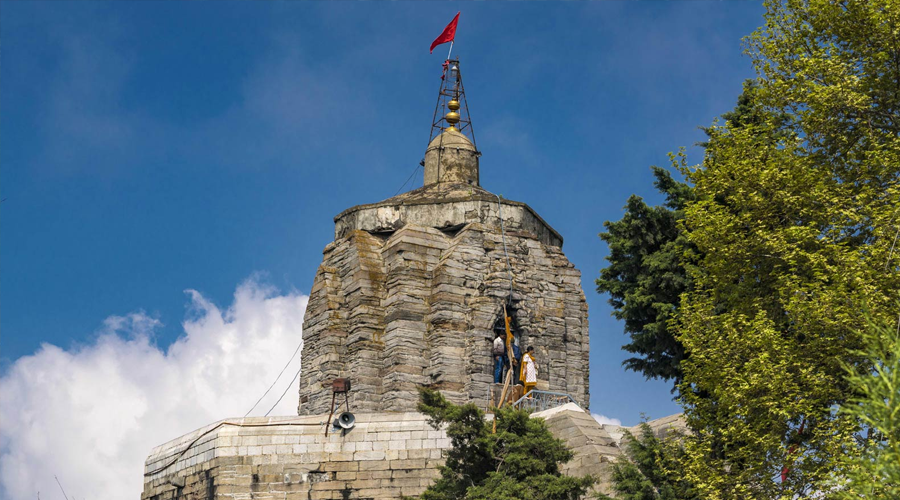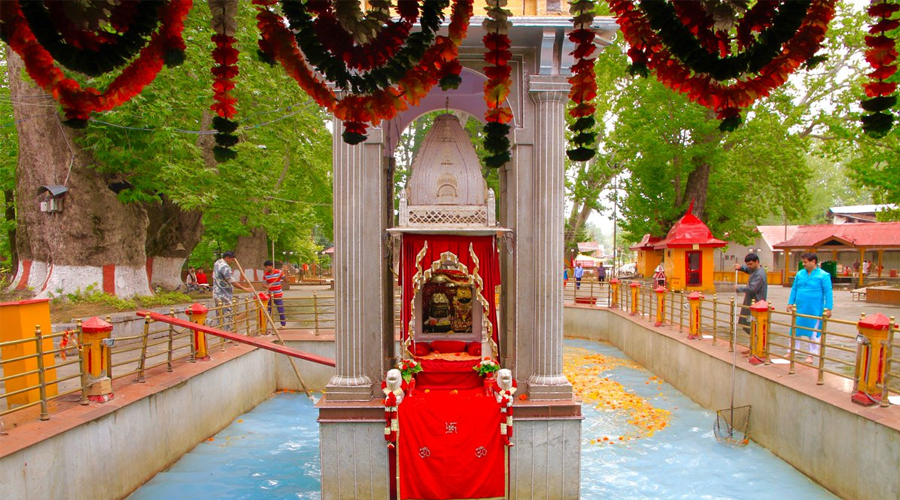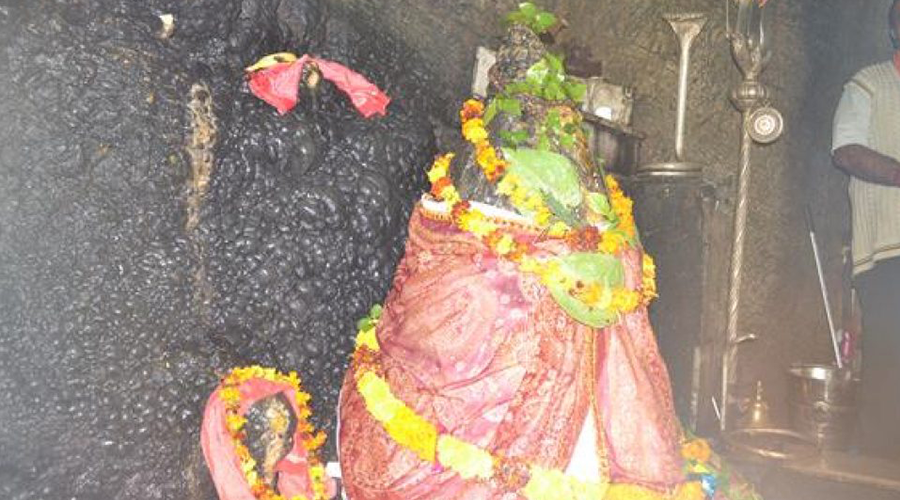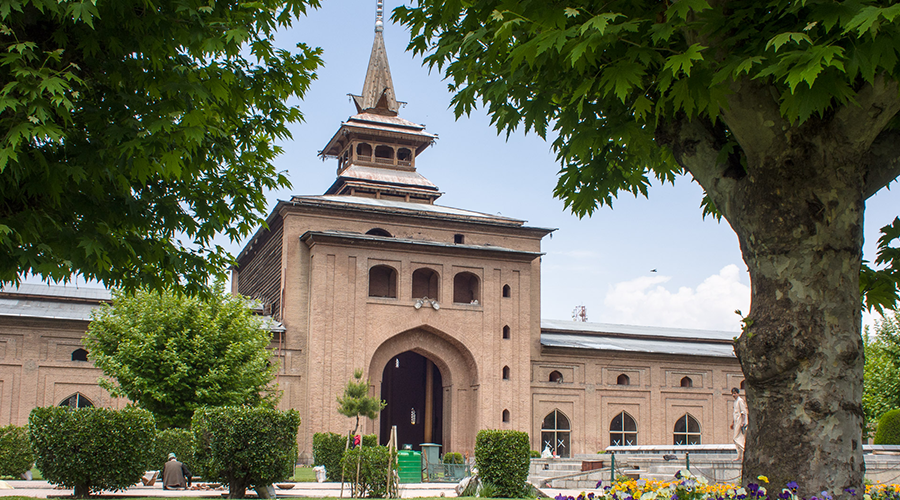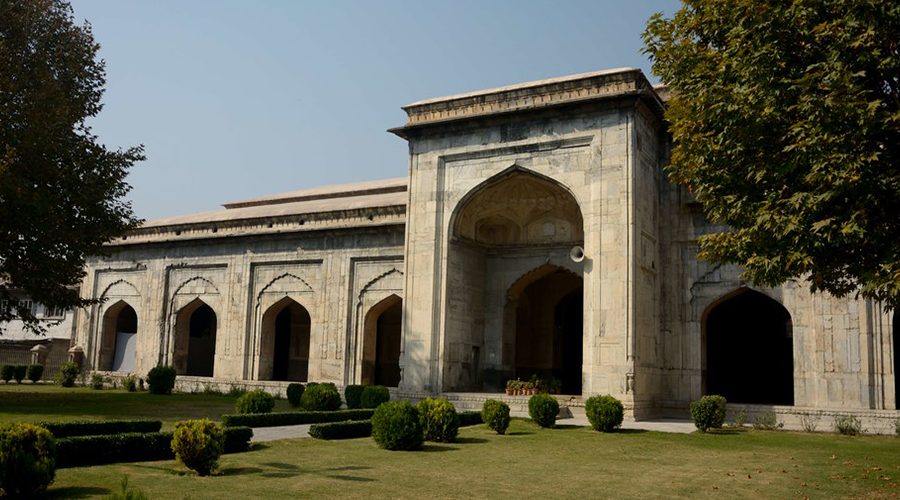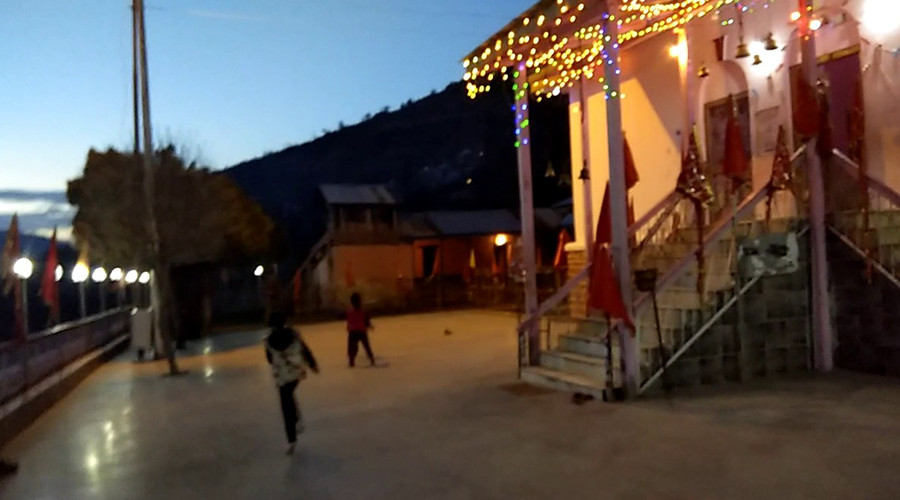Pratap Singh Museum, Jammu And Kashmir
The museums of Kashmir showcase the rich historical past of the valley. The main museum of Kashmir is the Sri Pratap Singh Museum. Once the summer palace of the Maharajas of Kashmir was later converted into a museum in the year 1898. A major portion of the museum collection, then, consisted of objects from the Jammu and Kashmir Toshkhana. The Toshkhana collection of this museum of Kashmir, India includes shawls, paintings, arms and armory, silver images, copper and jade ornaments, copper and brass utensils, and Ladkhi handicrafts. Sri Pratap Singh Museum of Kashmir displays an assortment of more than 200 textiles. The renowned Jamawar spreads, gabba, and rumors, dating back to the Afghan period, from 1752 to 1947, form a part of the textiles collection. One of the most brilliant pieces of the museum collection is a map of Srinagar in needlework, prepared during the reign of Maharaja Ranjit Singh. Later, it was presented as a gift to the Prince of Wales when he visited Kashmir. In the later years, this map was auctioned in England from where it found its way back to Kashmir. The map depicts the topography of Srinagar as it was then, showing the important buildings, mosques, temples, gardens, rivers, bridges, and lakes. The museum also has a rich collection of archaeological stuff excavated from the Pandrethan, Parashpura, and Avantipura sites. The collection of the excavated items includes pottery, terracotta tiles, metal artifacts, and stone objects. These objects date back to different periods, ranging from the 2nd to 12th century AD. Also on display are life-size statues of the Lord Buddha, Lord Vishnu, Lord Shiva, and Lord Brahma, in chronological order. Sharda, Persian, and Arabic stone inscriptions, 2nd-century terracotta tiles from Hoinar (Pahalgam), and 3rd century
History
Built in 1889 by Maharaja Pratap Singh, this historical museum takes pride to exhibit valuable terracotta articles of the 3rd century from Buddhist site Ushkar and molded terracotta of the 4th-5th century from Harwan.
An ancient copper image of Lord Buddha of the 5th century, the brass statue of Lokeshvara, and the greenstone structures of Lord Vishnu sitting on Garuda are some of the key attractions of the museum. Other important items on display include miniature paintings, numismatics, manuscripts, musical instruments, weapons, utensils, furniture, and decorative artifacts, textiles, carpets, leather-ware, and grass and willow work.
Architecture
The new museum complex is designed in a way that a visitor starts his journey of Kashmir’s history corresponding to the start of 5,000 years. “The archaeological gallery narrates the history of a man in Kashmir from around two million years down up to 5,000 (BP-before present) when he settled down and built villages to introduce farming for sustenance and invented arts and crafts.
“The terracotta gallery is exhibiting the works of art from first to eighth centuries that mostly remained associated with the Buddhist faith in Kashmir,” he said. The director said the museum has sculptures of various Hindu deities from the eighth, ninth and tenth centuries, carved in single stones. The bronze sculptures from the ninth century exhibited in the museum belong to various religions.

